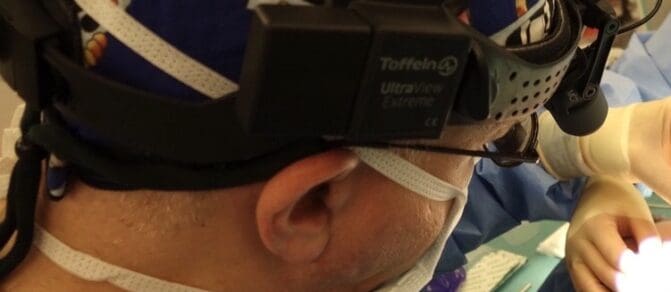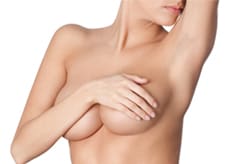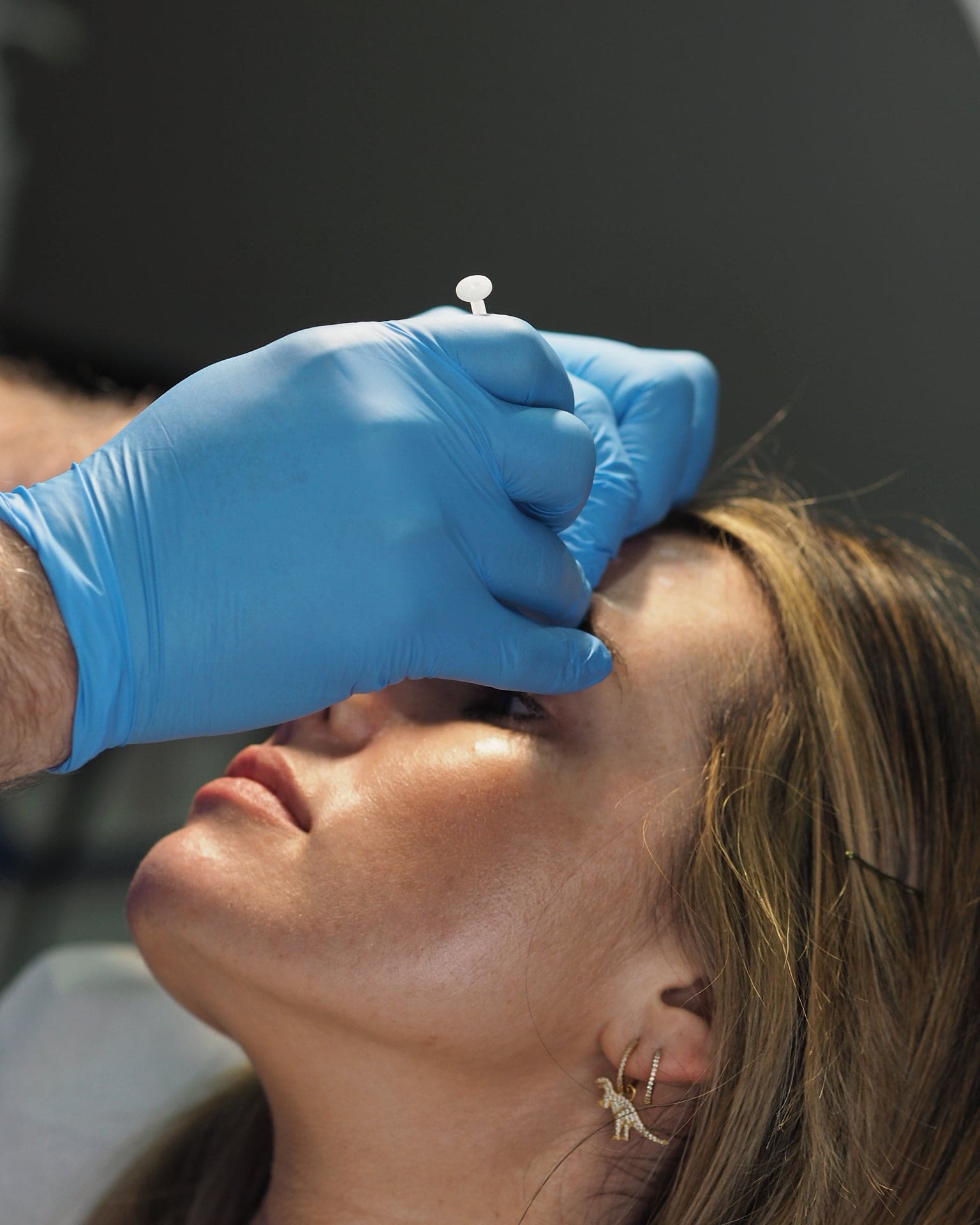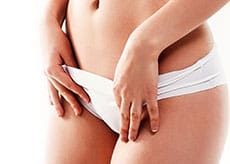News / Media
Facelift Surgery (Rhytidectomy): Everything You Need to Know
What Is a Facelift?
A facelift, medically known as rhytidectomy, is a cosmetic surgical procedure designed to reduce visible signs of aging on the face and neck. The term rhytidectomy originates from Greek, meaning “wrinkle excision.” Over the past century, facelift techniques have evolved significantly, leading to more natural and long-lasting results.
Why Consider a Facelift?
Aging, gravity, sun exposure, and stress contribute to facial wrinkles, sagging skin, and loss of definition along the jawline and neck. Common concerns include:
- Deepening facial folds and lines (especially around the mouth and nose)
- Sagging skin on the cheeks and jawline, leading to jowls
- Loose neck skin and muscle laxity
- Fine wrinkles around the eyes and lips
A facelift effectively lifts and tightens the skin and underlying muscles, restoring a youthful, refreshed appearance. Many patients report feeling more confident and rejuvenated after the procedure.
How Does a Facelift Work?
The primary goal of facelift surgery is to tighten the facial skin and underlying SMAS (Superficial Musculo-Aponeurotic System) layer, which supports facial structures. As we age, the SMAS layer loses elasticity, leading to sagging and wrinkles. Managing this layer properly is the key to achieving natural-looking and long-lasting facelift results.
Types of Facelifts: The Evolution of Techniques
1. The Subcutaneous Facelift (1909 – 1970s)
This early technique focused only on lifting the skin, often resulting in an unnatural, “wind-swept” appearance. Additionally, it increased the risk of poor scarring due to excessive skin tension.
2. The SMAS Lift (1968 – Present)
A more advanced technique, introduced by Skoog in 1968, involves tightening the SMAS layer without placing excessive tension on the skin. This results in more natural, longer-lasting outcomes with a lower risk of complications.
3. The Deep Plane Facelift (1979 – Present)
Developed by Paul Tessier, this method releases and repositions deeper facial tissues for a more comprehensive lift. It offers long-lasting results but comes with increased swelling and a longer recovery period.
4. The Composite Facelift (1993 – Present)
Popularized by Dr. Sam Hamra, this approach lifts the skin and SMAS as a single unit, preserving blood supply and minimizing complications.
5. The Mini Facelift
This less invasive facelift is ideal for patients with early signs of aging. It omits neck lifting, involves minimal dissection, and has a shorter recovery time but does not provide results as long-lasting as a traditional facelift.
6. The MACS Lift (Minimal Access Cranial Suspension)
This modern facelift technique uses small incisions and vertical sutures to lift sagging tissues. It is a shorter procedurewith minimal downtime, making it ideal for the right candidates.
Neck Rejuvenation with Facelift Surgery
Most facelift techniques naturally improve the jawline and lateral neck. However, some patients may require additional procedures, such as:
- Platysmaplasty (tightening the neck muscles for a smoother contour)
- Liposuction under the chin (removes excess fat for better definition






